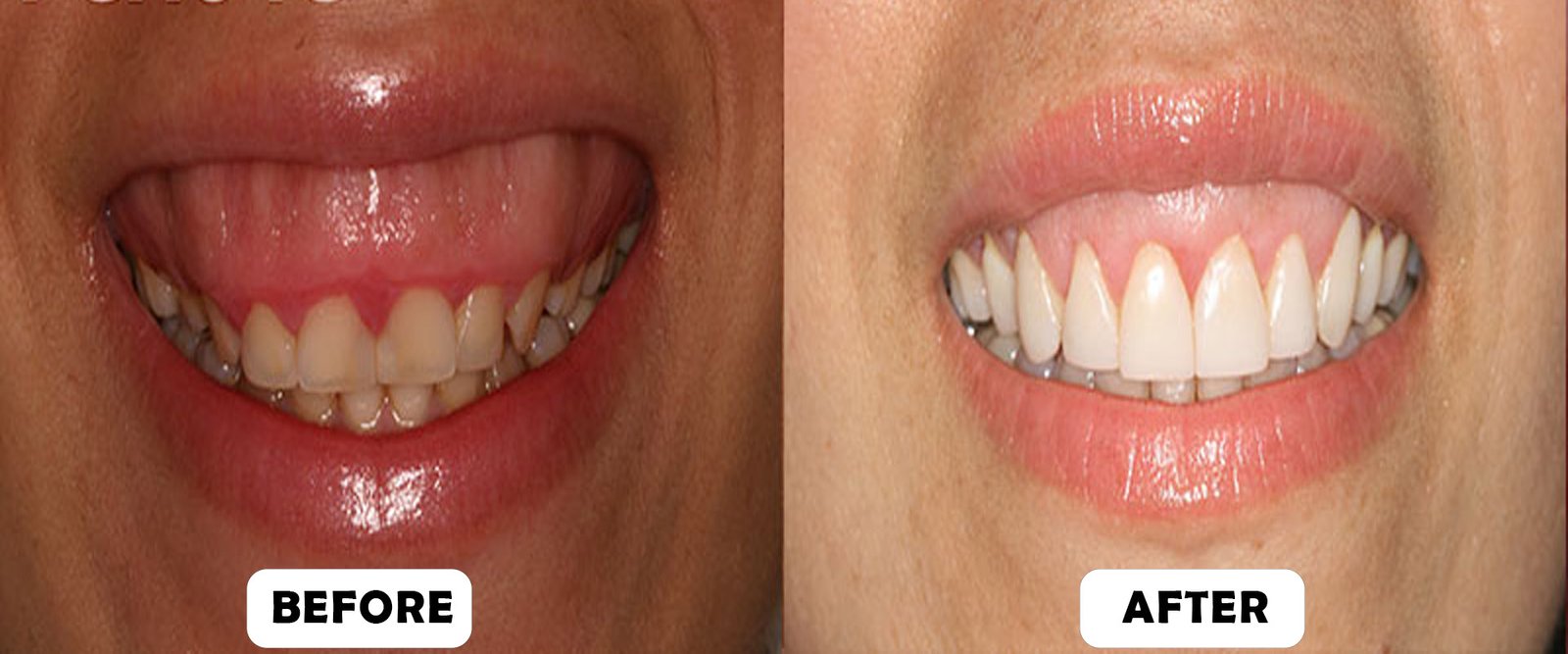
Lip Repositioning
Lip repositioning is a cosmetic dental procedure aimed at reducing the appearance of a gummy smile. A gummy smile, also known as excessive gingival display, occurs when an excessive amount of gum tissue is visible above the upper teeth when smiling. Lip repositioning offers an effective solution by adjusting the position of the upper lip to create a more balanced and aesthetically pleasing smile.
What is Lip Repositioning?
Lip repositioning is a minimally invasive surgical procedure that alters the position of the upper lip by reattaching it to a lower position. This reduces the amount of gum tissue visible when you smile. The procedure involves removing a small strip of tissue from the inside of the upper lip and suturing it closer to the teeth and gums, thereby restricting the upward movement of the lip.
Benefits of Lip Repositioning
- Enhanced Aesthetics: Creates a more balanced and attractive smile by reducing excessive gum display.
- Boosted Confidence: Improves self-esteem and confidence in social and professional interactions.
- Minimally Invasive: A less invasive alternative to other surgical procedures, such as jaw surgery or gum contouring.
- Quick Recovery: Typically involves a shorter recovery time compared to more invasive surgeries.
The Lip Repositioning Procedure
- Initial Consultation:
- The process begins with a comprehensive consultation where the dentist or oral surgeon examines your smile and discusses your aesthetic concerns and goals. Photographs and possibly digital imaging may be used to plan the procedure.
- Preparation:
- The procedure is usually performed under local anesthesia to ensure comfort. Sedation options may be available for those who are anxious or prefer additional relaxation.
- Tissue Removal:
- A small strip of mucosal tissue from the inside of the upper lip is removed. This strip is typically located just above where the inside of the upper lip meets the gum tissue.
- Repositioning and Suturing:
- The upper lip is then repositioned to a lower position, and the incision is sutured to secure the new lip position. The sutures help limit the upward movement of the lip, reducing the display of gum tissue.
- Post-Operative Care:
- After the procedure, the area is cleaned, and post-operative instructions are provided to ensure proper healing.
Recovery and Aftercare
- Pain Management: Over-the-counter pain relievers or prescribed medications can help manage discomfort.
- Swelling Reduction: Applying ice packs to the outside of the mouth can reduce swelling.
- Oral Hygiene: Follow the dentist’s instructions for gentle brushing and rinsing to keep the area clean without disturbing the sutures.
- Diet: Stick to soft foods and avoid hot, spicy, or acidic foods that can irritate the surgical site.
- Activity: Avoid strenuous activities for the first few days to promote healing.
Potential Risks and Complications
While lip repositioning is generally safe, potential risks include:
- Infection: Proper oral hygiene and following post-operative instructions can minimize this risk.
- Swelling and Bruising: Common side effects that usually subside within a few days.
- Asymmetry: In rare cases, the lip may heal unevenly, requiring additional treatment.
- Reversion: The lip may gradually return to its original position over time, though this is uncommon.
Long-Term Results
The results of lip repositioning are typically long-lasting. Most patients experience a significant reduction in gum display and an improved smile aesthetic. Regular dental check-ups can help ensure the longevity of the results.
Contact Us
For more information about lip repositioning or to schedule a consultation, please contact our office. Our experienced dental team is dedicated to providing personalized care to help you achieve a balanced, confident smile through effective cosmetic treatments.



